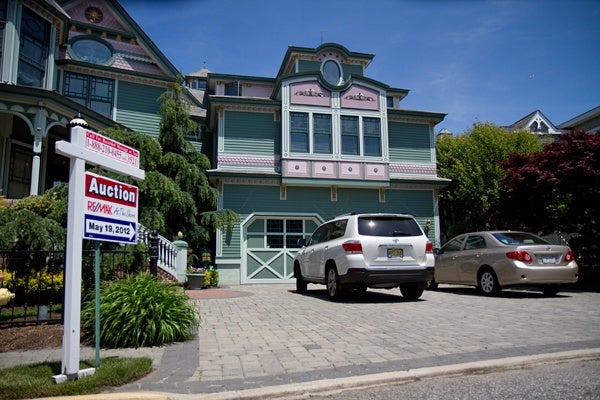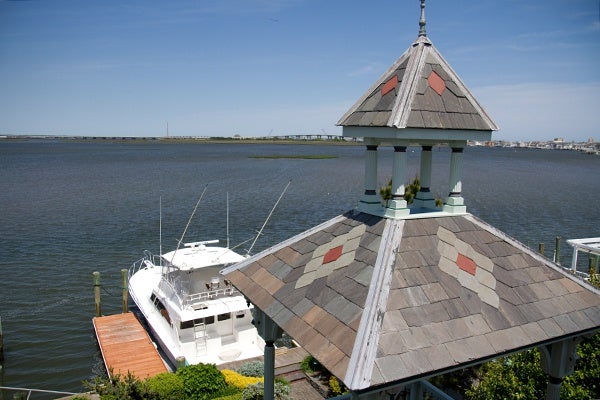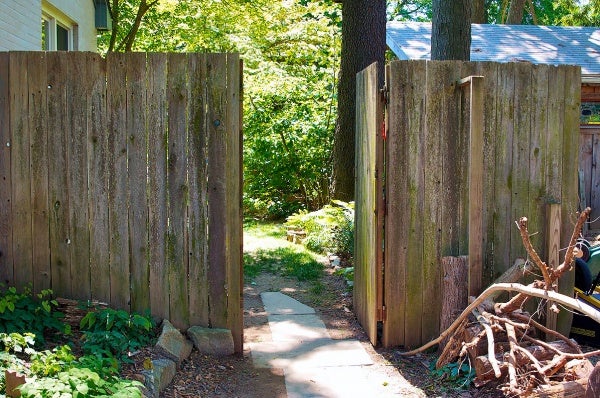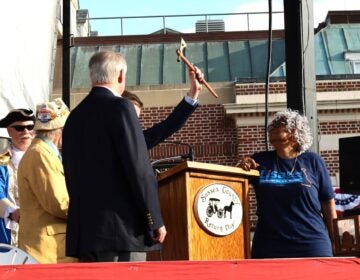Study shows big difference in air quality after re-start of Delaware City Refinery
A new study shows it’s a bigger health threat to live downwind from the Delaware City Refinery.
A two year report on the air quality around the Delaware City Refinery also shows high levels of several cancer causing agents.
The Delaware City Environmental Coalition released its findings claiming the significance of their two year study is they were also able to demonstrate the low levels of these chemicals while the refinery was shut down. The first part of their testing was done in 2011. They were gathered during the time improvements were being made by the refinery and its parent company PBF energy for its restart last June. The second part of the study was done over a two week period in March.
Sarah Bucic, the head of the group, said the high numbers aren’t necessarily surprising when dealing with an oil refinery. She added, “it is important that the community be informed about those numbers, so they can take action.”
Three monitoring stations were set up within a mile of the plant. Two areas, the Emerald Ridge development north of the plant and Warfel Drive south of Delaware City showed air quality slightly higher to EPA acceptable levels. But in Bucic’s presentation Saturday to about 30 residents she pointed out the highest levels were found along Delaware City’s main street, Clinton Street. “Our biggest problems come downwind of the refinery,” she said.
Bucic and the Delaware conservation chair of the Sierra Club, Dr. Amy Roe, went through a power point presentation showing high levels of the carcinogens Napthalene, Xylene, and Benzene on the majority of the testing days. They said, “these are known carcinogens which can affect breathing and internal organs.” They also found high levels of sulfur dioxide along Clinton Street. “That usually is the smell you associate with the refinery,” said Dr. Roe.
Delaware City is considered an area where a higher number of cancers occur in the state. Sierra Club figures taken from the census data show Delaware City with an average of 680 cancer deaths/100,000 people. The state average is 517/100,000, while the national average is 465/100,000 people.
John Buchheit, mayor of Delaware City, said he was glad the study was done. He was disappointed that no one from the Delaware City Refinery was there to hear the results. The refinery did pay for 2011 portion of the study, which established the baseline for the new results. The second part of the study was funded through penalties fees that companies traditionally pay when they are caught violating clean air or clean water standards.
Buchheit said he still has issues with the refinery being back on line. “I wasn’t a big fan when the refinery was restarted,” he said. He added that he doesn’t even like the name of the plant. “When there is a problem at the refinery people hear Delaware City and I lose 75% of my business,” he said. Bucchheit owns the Crabby Dick’s restaurant in the town.
The Delaware City Refinery was purchased from Valero Energy in 2010. The state of Delaware went to great efforts to keep the plant from being dismantled until a new buyer could be found. When PBF energy came in as the new owner it did add millions of dollars in new technology to make the plant cleaner.
Not every resident thinks it has made a difference. Ray Frugtiere has lived with his wife Rosemary in Delaware City off and on over the last 45 years. He says he knows when the plant has a problem because his wife’s allergies. But he says he’s resigned to the way things are. “It’s a necessary evil,” he says. “There are a lot of jobs at stake.”
Several residents questioned whether the tankers at the Delaware City port or DART busses running on Clinton Street could also contribute to pollution and health problems. Dave Carter of Townsend said, “it’s definitely an area that needs more study.” Carter said it should prompt “high-end” scientists to review the results. Carter works for a division of the Department of Natural Resources and Environmental Control (DNREC), but said he attended the meeting as a concerned citizen.
Saturday morning on Clinton Street was relatively quiet, and most people didn’t seem shocked by the report. Rebecca Keifer has lived on Clinton Street for 18 years. She said, “you always wonder if there is something in the air that can hurt you.” She added, “but until everyone is driving electric cars you are still going to use oil, so you need the refinery. No one wants to give up their SUV,”
Just about a mile away the refinery was operating normally with puffs of white smoke coming out of various stacks. One would have to go very close to the refinery to catch any trace of an odor. Bucic says Delaware City Refinery will be given a copy of the report. The refinery had planned a regularly scheduled community meeting for June 23rd where it will discuss the findings. DNREC will also be sent a copy of the report and have promised to analyze the data before the end of the summer.
Bucic says there probably won’t be enough money to continue studies of this nature. She hopes residents will volunteer to be a part of what she calls “the bucket study”. That’s where homeowners capture air samples on their own for further study. She says her group will outline the idea at a meeting this Thursday.
WHYY is your source for fact-based, in-depth journalism and information. As a nonprofit organization, we rely on financial support from readers like you. Please give today.
































































































